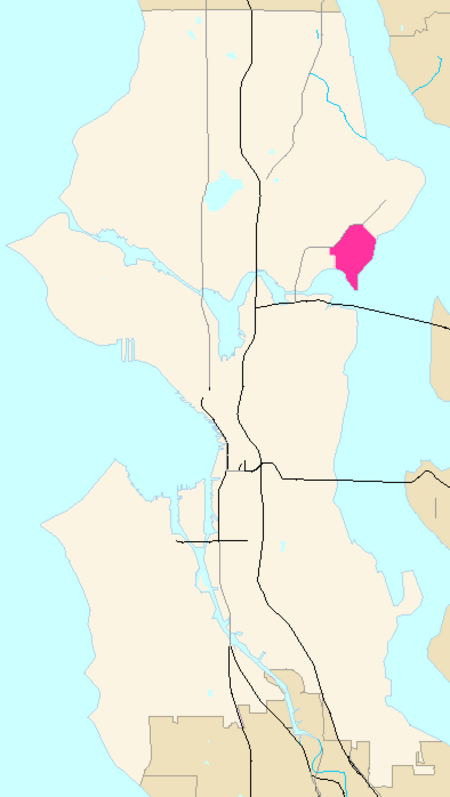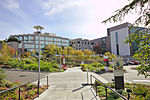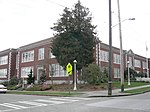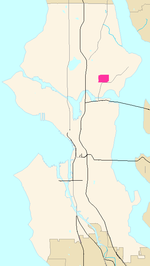Laurelhurst, Seattle

Laurelhurst is a residential neighborhood in Seattle, Washington, USA. It is bounded on the northeast by Ivanhoe Place N.E., beyond which is Windermere; on the northwest by Sand Point Way N.E. and N.E. 45th Street, beyond which are Hawthorne Hills, Ravenna, and University Village; on the west by Mary Gates Memorial Drive N.E., beyond which is the East Campus of the University of Washington; on the southwest by Union Bay; and on the east by Lake Washington. Seattle Children's Hospital is located in its northwest corner. Once a seasonal campground of the Duwamish people, the neighborhood has been a part of Seattle since its annexation in 1910.The community center is an official city landmark. The Laurelhurst Beach Club, Laurelhurst Park, and its Laurelhurst Community Center serve as gathering places. Laurelhurst has had several famous residents, including Melanie Griffith and Antonio Banderas, who rented a house on the waterfront one summer while filming a movie; musician Duff McKagan, bassist for Guns N' Roses. Bill Gates lived as a young child in Wallingford before moving to the neighborhood, where his father Bill Gates Sr. lived.The neighborhood is one of the most expensive in Seattle, with median home prices around $1,649,000, over double the overall Seattle median of $735,000, as of September 2018.
Excerpt from the Wikipedia article Laurelhurst, Seattle (License: CC BY-SA 3.0, Authors, Images).Laurelhurst, Seattle
Northeast 44th Street, Seattle
Geographical coordinates (GPS) Address Nearby Places Show on map
Geographical coordinates (GPS)
| Latitude | Longitude |
|---|---|
| N 47.660277777778 ° | E -122.28 ° |
Address
Northeast 44th Street 4327
98105 Seattle
Washington, United States
Open on Google Maps








